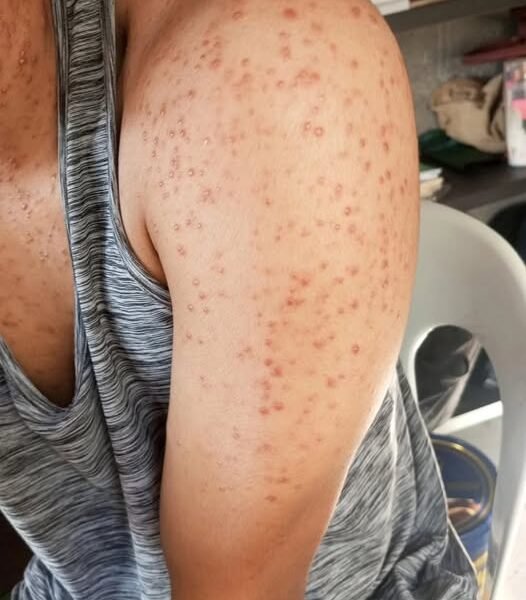Varicose veins are enlarged, twisted, and often bluish veins that typically appear on the legs and feet. They result from malfunctioning valves within the veins that impair proper blood flow, causing blood to pool and veins to stretch. These veins are usually visible beneath the skin and may cause discomfort or cosmetic concern.
According to the National Institutes of Health (NIH), varicose veins affect an estimated 20% of adults, with women more frequently affected than men due to hormonal factors and pregnancy-related changes.
Causes of Varicose Veins
Varicose veins are primarily caused by chronic venous insufficiency, a condition where the valves in the leg veins fail to function correctly. Healthy veins have one-way valves that keep blood flowing toward the heart. When these valves weaken or become damaged, blood can flow backward and accumulate in the veins.
Common Risk Factors
Prolonged standing or sitting: Occupations that involve long periods of immobility can impair blood circulation.
Age: As people age, vein walls and valves can weaken, increasing the risk of venous insufficiency.
Pregnancy: Hormonal changes and increased abdominal pressure during pregnancy can raise the risk.
Genetics: A family history of varicose veins can significantly increase one’s likelihood of developing the condition.
Obesity: Excess body weight increases pressure on the veins, especially in the lower limbs.
Hormonal changes: Particularly during menopause or while using hormonal medications such as birth control pills.
(Source: Mayo Clinic)


